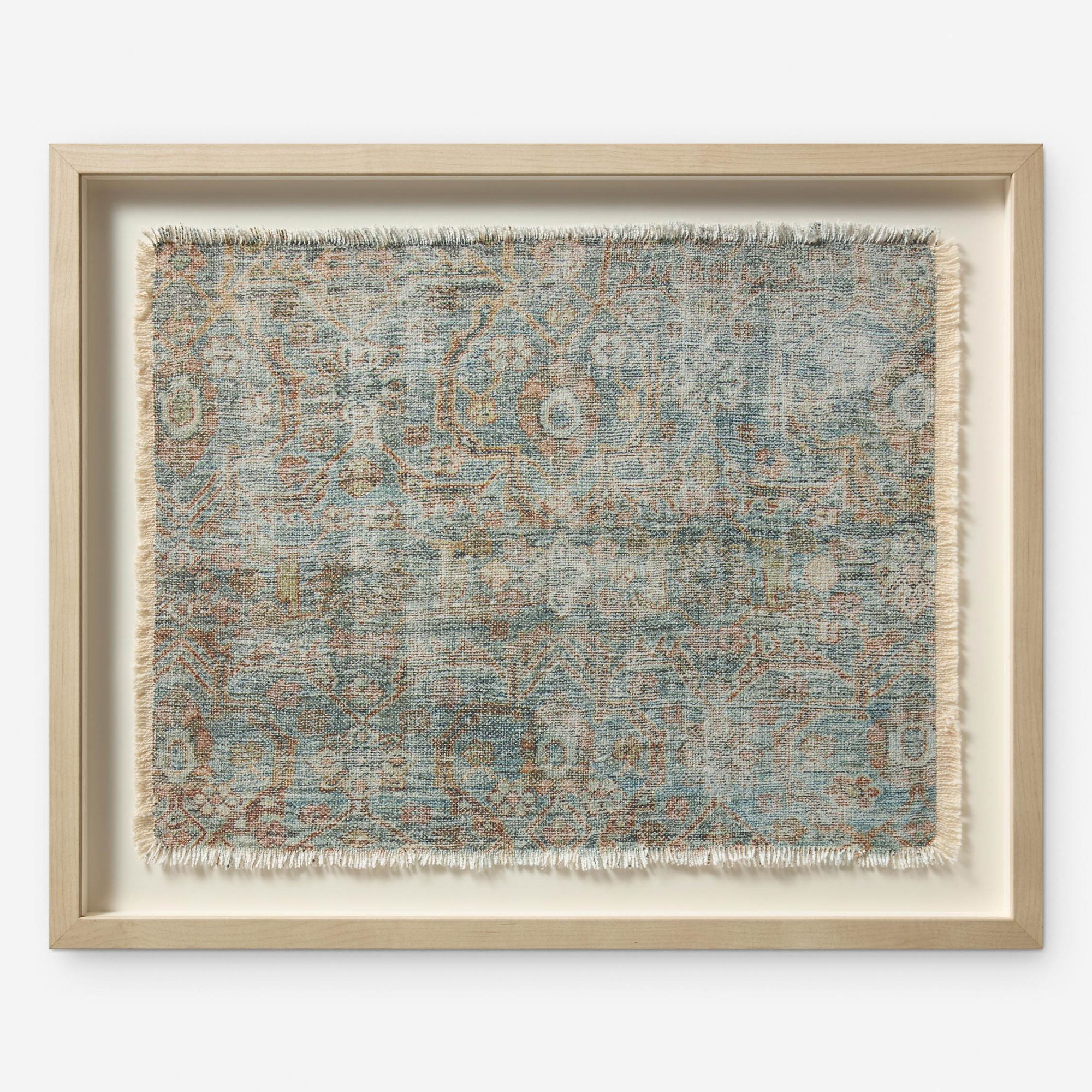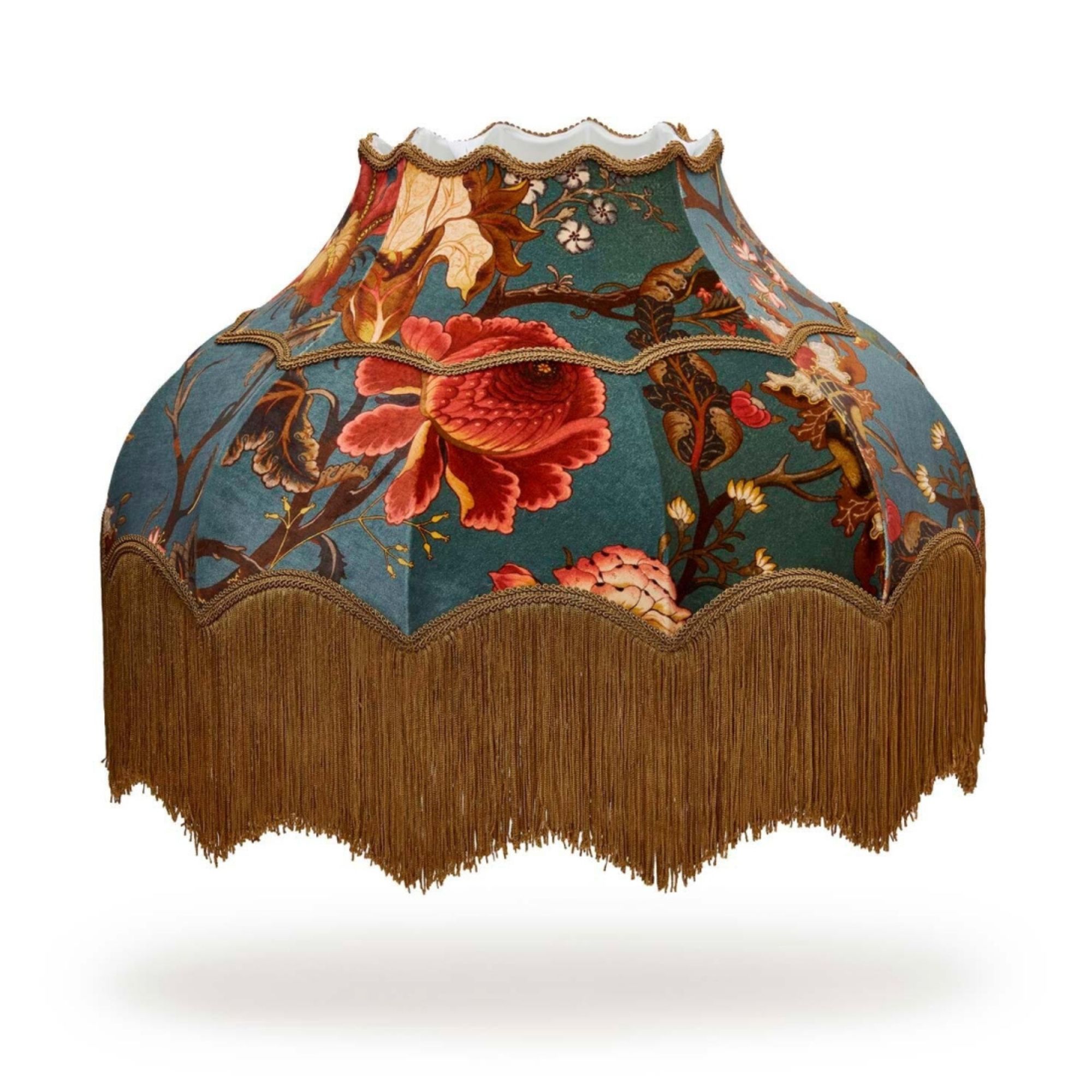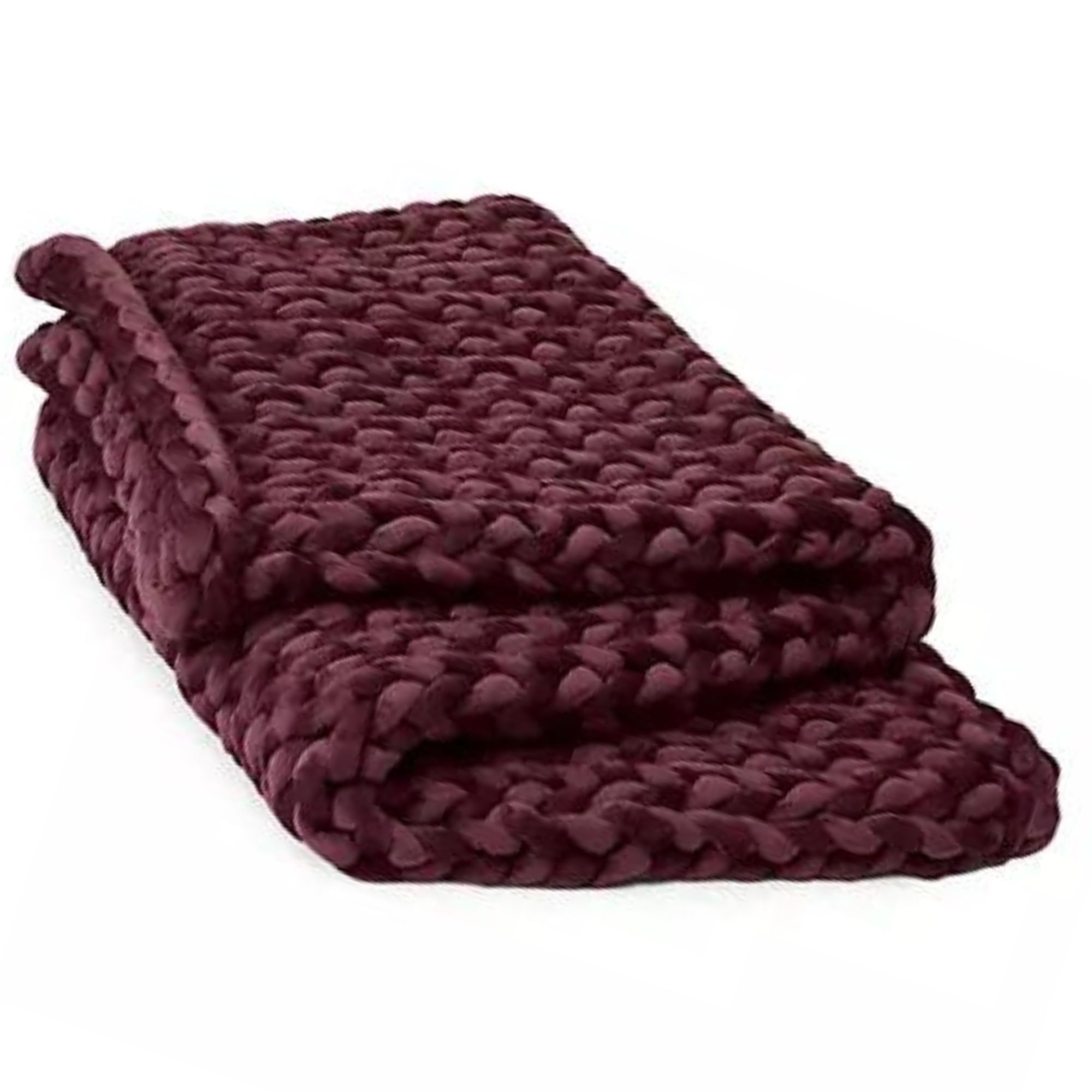Gothic interior design is the moody aesthetic we should all be taking note of in 2024, according to interior designers
Gothic interior design is trending – here's everything you need to know about embracing the moody yet chic aesthetic


Moody colors, intricate architecture, and dramatic decor define Gothic interior design, a style that's proving ever-popular this year. From original properties of the era to spaces embracing the color palette, there are plenty of cues to take from these schemes.
If minimalism and vibrant spaces don't fit your interior design style, this darker, more dramatic design ethos will likely appeal to your tastes. Rich, moody spaces and a sense of luxury are core to this aesthetic, and add an elevated feel to any space.
Decorating with this daring design style might seem daunting, so we've turned to interior designers to find out everything you need to know about Gothic interior design, and how to introduce the aesthetic to your home.
What is Gothic interior design?

Gothic interior design draws inspiration from many eras and regions, but today's interpretation embraces dark hues, pointed arches, and rich, decadent decor. Decorating with a moody palette is surging in popularity, making it a perfect time to embrace Gothic style.
'Gothic interior design embraces the drama and romance of the medieval era while creating comfortable and inviting environments for modern living. Through careful selection of architectural elements, furnishings, and decorative accents, Gothic interiors transport inhabitants to a bygone era while offering all the comforts of contemporary life,' explains Scott Maddux, co-founder at Maddux Creative.

This style has distinct elements that are core to an authentic scheme. 'The key design elements are architectural grandeur and intricate detailing. High vaulted ceilings, elegant, pointed arches, and vibrant stained-glass windows are all complemented by sturdy stone structures,' says Claudia Dorsch, director at Claudia Interiors.
'Interiors are enriched by the warmth of heavy oak furniture, sumptuous jacquard or dark velvet upholstery, and rich dark wallpaper with floral motifs or trompe-l'oeil architectural features,' she adds.
Design expertise in your inbox – from inspiring decorating ideas and beautiful celebrity homes to practical gardening advice and shopping round-ups.
Why is Gothic interior design trending?
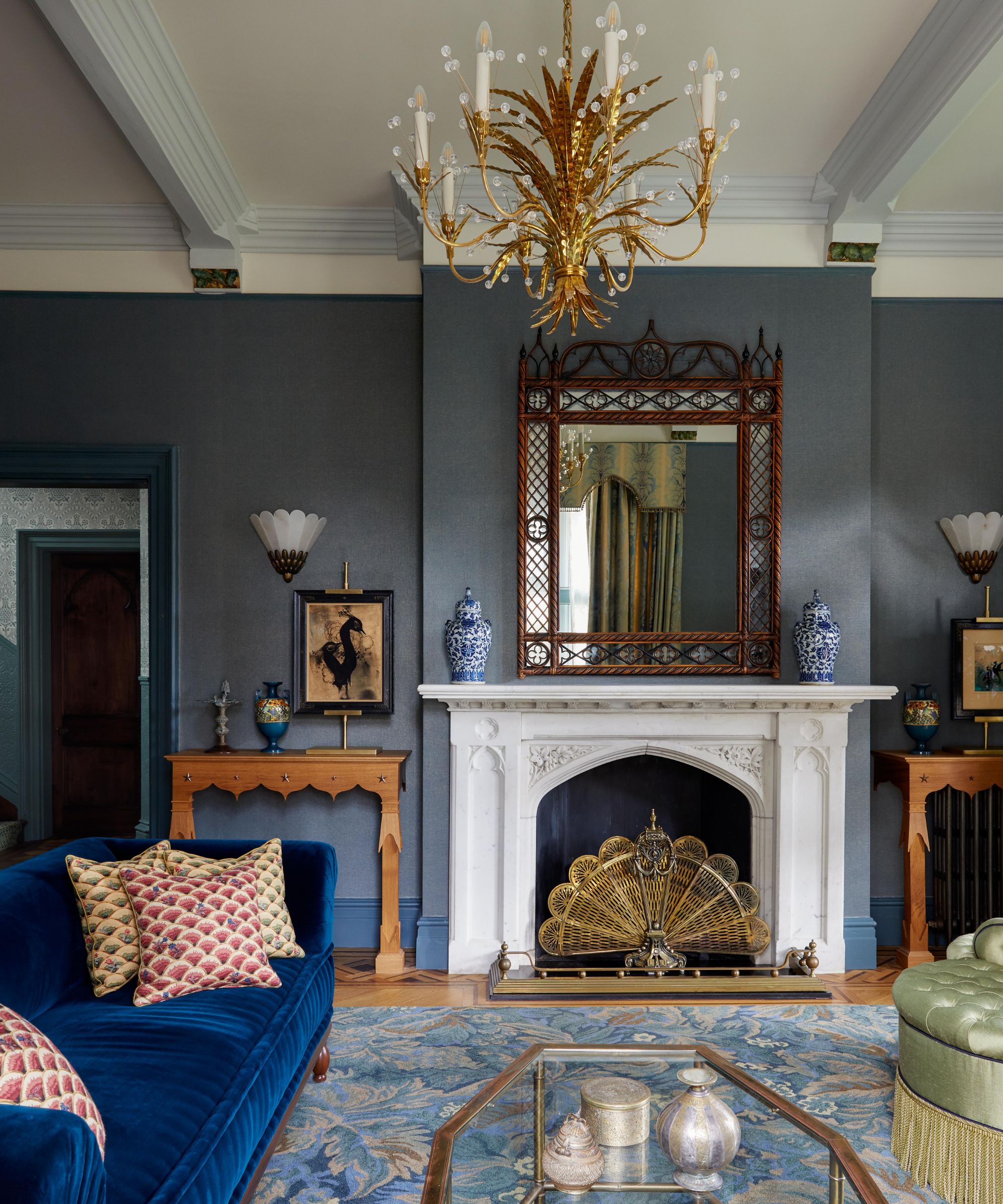
Many aspects of gothic interior design have existed for a long time, so why is it appearing in interior design trends in 2024? 'In recent years, a noticeable shift away from minimalist interiors has emerged, as people increasingly seek environments that provide a sense of sanctuary and align with their personality and interests,' says Claudia.
'While minimalist spaces may possess visual appeal through their simplicity, they often lack the depth and personal touch desired for a truly inviting atmosphere. In contrast, Gothic interiors present an enticing alternative, captivating the senses with their opulent textures, intricate details, and sumptuous furnishings. As a result, more people are turning to Gothic-inspired designs to create living spaces that reflect their aesthetic preferences and foster a sense of belonging and emotional well-being,' she adds.
The design style also opens the doors to decorating with vintage, antique, and collected pieces. From furniture to decor, these elements add a lived-in, personalized element to a home, something homeowners crave more and more.
How to decorate with Gothic interior deign
1. Embrace a moody color palette

There's a richness to the color palette typical of Gothic interior design, with deep, dark colors adding a coziness to rooms of the style. And while you might think deep colors will make a room feel dark and dingy, it can have the opposite effect.
'In Gothic interior design, colors tend to reflect the mood of the medieval era. Deep, rich hues dominate the palette, with shades of burgundy, deep purple, forest green, and midnight blue creating a sense of opulence and grandeur,' explains Scott.
It's all about how you style the space, and the color and textures you pair with these moody hues. From playing with light to introducing eye-catching finishes, you can really add a personal touch.
'The dark colors are often complemented by accents of gold, silver, and jewel tones, adding a touch of luxury and vibrancy to the space. While the overall ambiance is dark and moody, strategic use of candlelight and ambient lighting can enhance the drama and create a mesmerizing effect,' he adds.
2. Add Gothic motifs
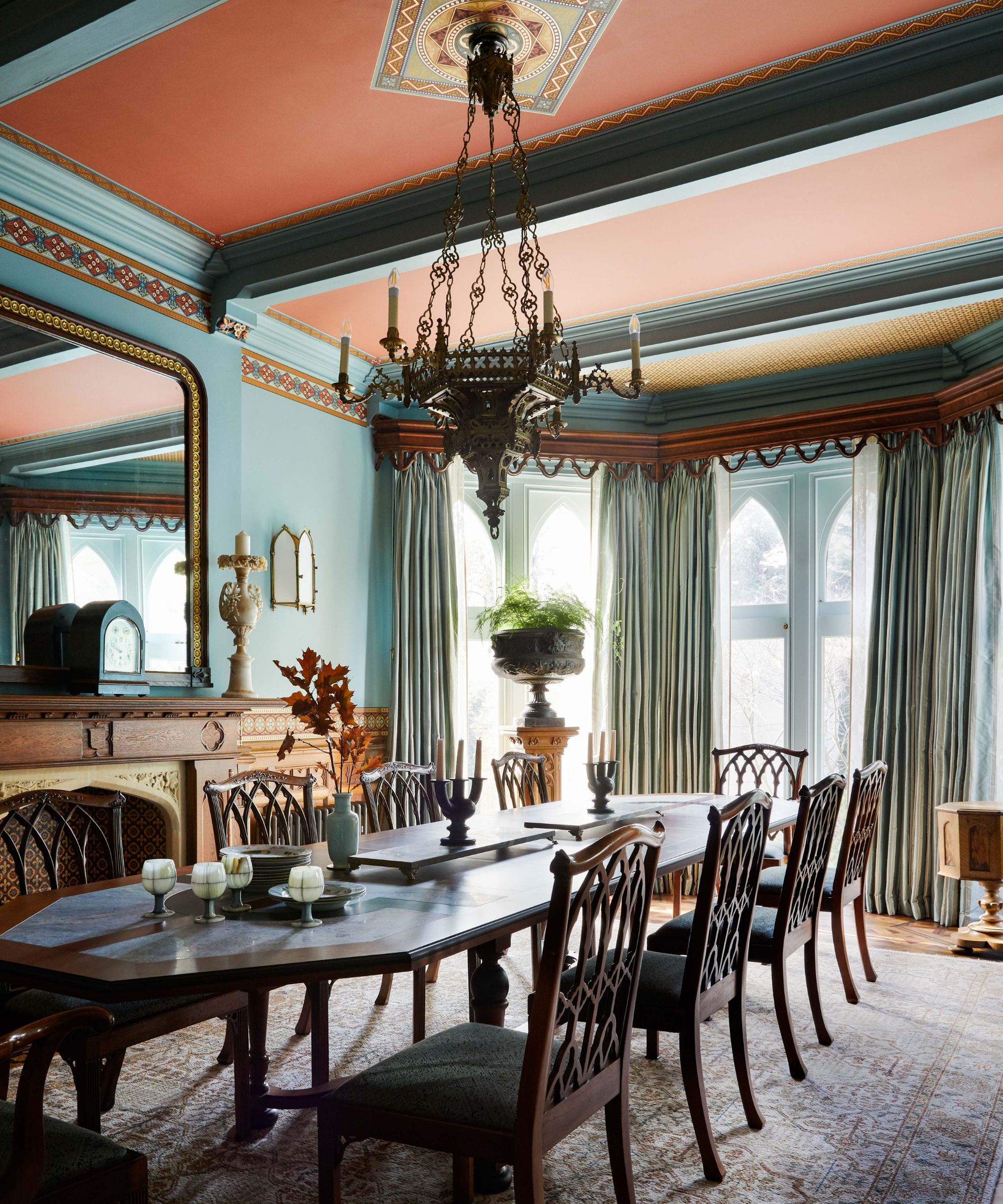
No interior of this style is complete without the addition of gothic motifs. this could be an authentic furniture item of the period, carved wood accents, or subtle gargoyle accessories.
'We like to add ornate cornicing either in plaster or carved wood to capture the essence of medieval grandeur. Maintain a sense of contemporary flair with some ‘wow factor’ contemporary pieces,' suggests Claudia.
For a more decorative element that adds a finishing touch to your space, consider how the smaller details can offer a nod to the Gothic style. 'Incorporating elements of the grotesque, such as gargoyles and other mythical creatures, can add a whimsical touch to Gothic design,' says Scott.
'These features might appear in subtle details like door knockers, light fixtures, or decorative objects, infusing the space with an air of mystery and enchantment,' he adds.
3. Create a sense of luxury with decor

The decor is key to creating unique spaces that feel cozy and luxurious. Gothic homes embrace heavier textiles such as velvets – not only does this work beautifully with the jewel-toned palette of the style, but they add a soft and sumptuous finish, too.
Adding this softness isn't just restricted to throw blankets and comforters. Taking textiles one step further and using them as wall decor can transform the atmosphere of a scheme.
'Elaborate tapestries and heavy, dark furniture create a sense of opulence and coziness, inviting you to relax in a space filled with history and character,' adds Scott. Tapestries not only soften a room, but they also offer a nod to the history of Gothic homes.
4. Blend original architecture with modern design

With such a rich history and unique architectural details, it's important to celebrate them, but also introduce more contemporary elements. This ensures the style's origins are celebrated while ensuring your scheme doesn't feel like a time capsule.
'Our favorite approach to creating a Gothic-style space is to blend authentic architectural elements with contemporary design elements to achieve a unique and harmonious balance,' says Scott.
'This could involve preserving original stone walls, vaulted ceilings, or ornate woodwork while introducing modern furnishings, lighting fixtures, and technology.' He adds that juxtaposing old and new helps the spaces feel timeless and relevant to contemporary lifestyles.
5. Make a feature of carved woodwork
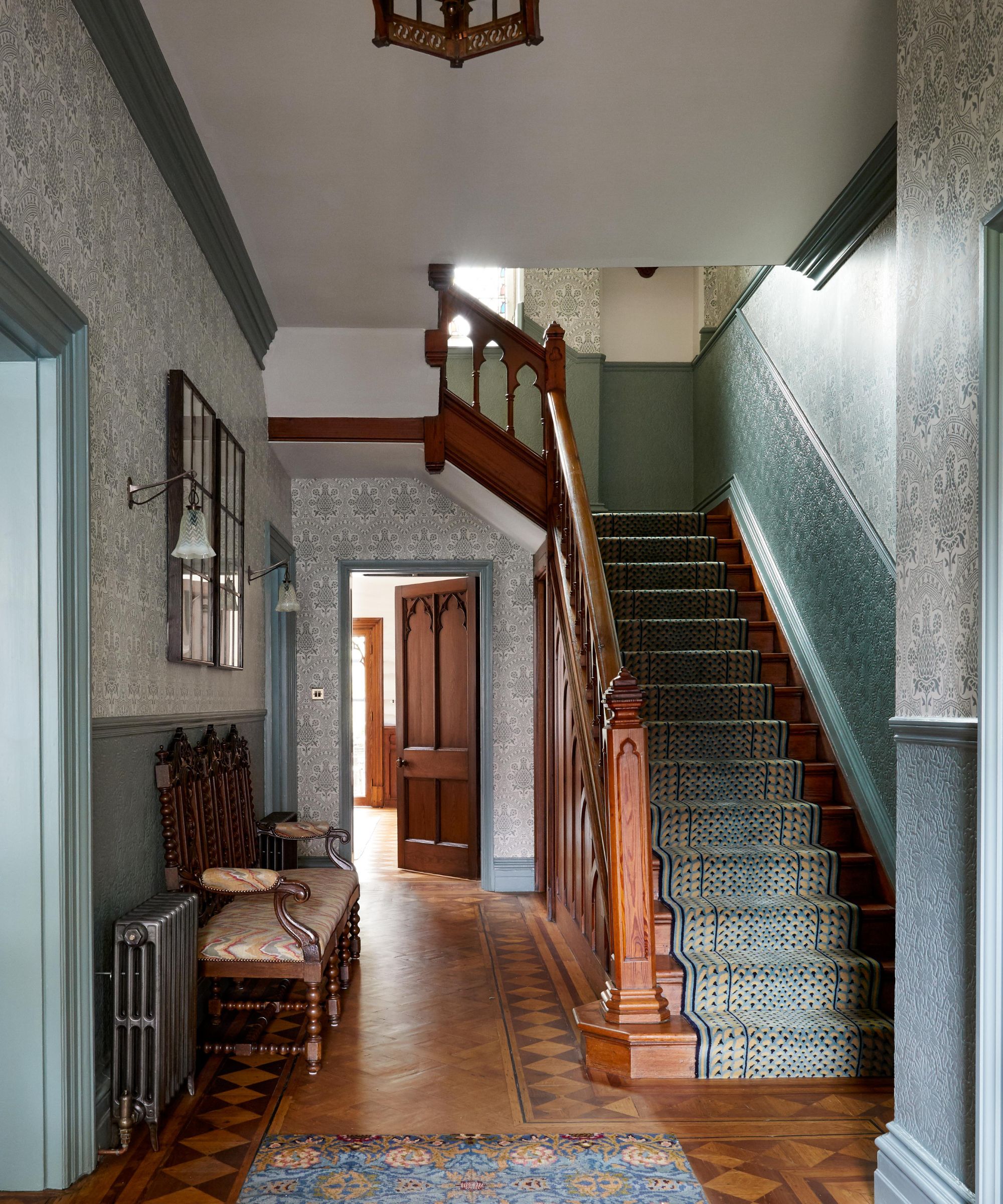
Original Gothic homes feature a lot of ornately carved woodwork, from wall paneling and moldings to fireplace designs. As such, introducing an element of this will capture the Gothic style's essence.
'Richly carved woodwork takes center stage in Gothic interiors, adorning features such as doors, mantels, and staircases with intricate patterns and motifs,' explains Scott.
A mantelpiece is the easiest and most effective way to introduce carved woodwork into your space. Whether you opt for a piece from a heritage maker or source an original antique example, it will create an authentic focal point in a living space.
From the deep, rich color palette and luxurious textiles to the celebration of historic features and blend of old and new, there's plenty of inspiration to take from Gothic interior design. This design style proves a moody color palette doesn't make a space feel dark and uninviting – these spaces showcase how cozy and welcoming this aesthetic can really be.
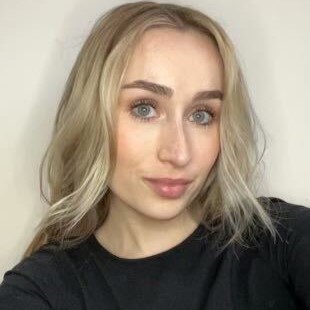
I’ve worked in the interiors magazine industry for the past five years and joined Homes & Gardens at the beginning of 2024 as the Kitchens & Bathrooms editor. While I love every part of interior design, kitchens and bathrooms are some of the most exciting to design, conceptualize, and write about. There are so many trends, materials, colors, and playful decor elements to explore and experiment with.
